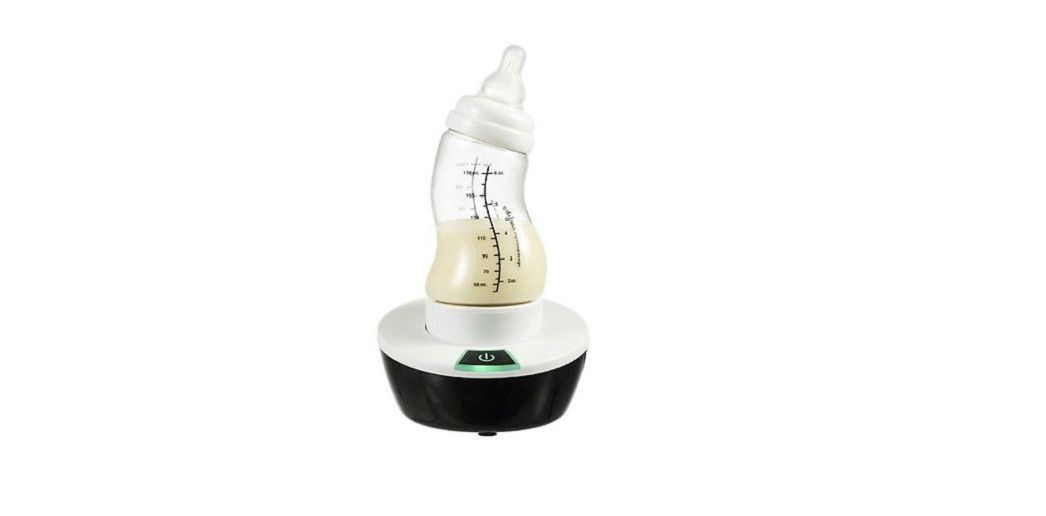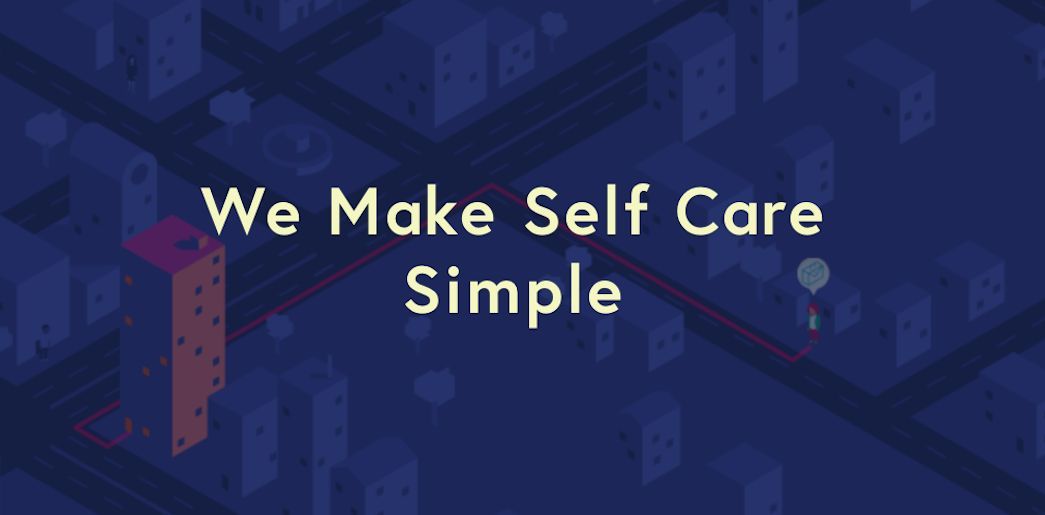AÑO
2023
CATEGORÍA
Cuerpo
OBJETIVOS
Salud y bienestar, Reducción de las desigualdades
PAL. CLAVE
Hearing aids, medtech, audiology, assistive technology, diability
PAÍS
Germany
CRÉDITOS
Gray Dawdy, Nick Morgan-Jones. Company: Overtone
LINK
https://overtone.so/
Overtone – Designer Hearing Aids
Designer hearing aids for people who don't want to wear conventional hearing aids due to the stigma.
How does it work?
Unlike conventional hearing aids, Overtones are purposely visible and designed to compliment the wearer's look, just like designer eyewear. By using the same design language as designer glasses, these hearing aids are seen as lifestyle products rather than medical products.
The main body of the device is positioned, critically, in front of the ear to leave the ear canals (at least visibly) open. This ensures that it doesn't look like the wearer has their ears blocked when they are talking face-to-face with anyone, as is the case with earbuds which are often perceived as rude.
Internally, the hearing aids function as regular RIC (receiver in canal) hearing aids, with the addition of the microphone also being in the ear canal. This has an acoustic benefit over traditional hearing aids that have the microphone behind the ear, as the sound is picked up by the microphone at the natural entrance to the ear.
Why is it needed?
Hearing-enhancing technology has been proven to massively improve the quality of life for those with hearing loss, yet 80% of people who could benefit from hearing aids do not wear them, and social stigma, connecting hearing aids with aging and disability, is a leading reason why.
Hearing aid design has remained largely unchanged for 50 years, promoting miniaturization and invisibility over desirability. Yet, even with completely invisible hearing aids available on the market, this has barely moved the needle on hearing aid adoption.
Glasses used to be viewed in a similar way not so long ago. Once glasses designers embraced visibility, glasses sales soared and now many people who don't even need glasses will wear them, purely to be seen.
The biggest problem is that no one wants to wear hearing aids, and the hearing aid industry has done very little to improve desirability. Instead, they reinforce the stigma by implying that users should be trying to hide their products.
How does it improve life?
For many of us the thing we value most in life is a sense of belonging and connectedness to those around us. Nothing connects us better with society than communication. And it's our hearing that allows us to communicate in a way that none of our other senses can achieve. Overtones improve the wearer's ability to connect with the people that matter most to them without diminishing how they are viewed as an individual.
Social confidence is imperative and Overtones give that to people with hearing loss.





